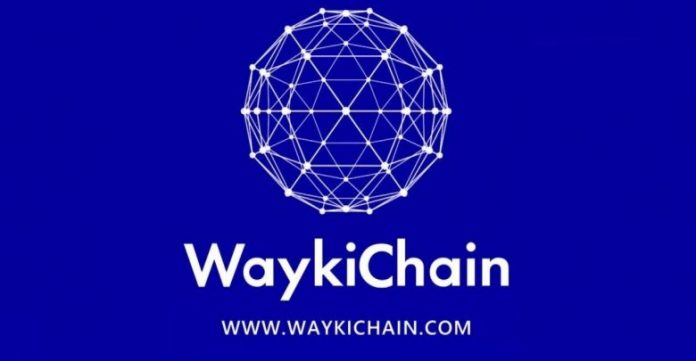The WaykiChain system employs on-chain governance to maintain its ecosystem as well as its stablecoin. The network consists of two integral assets: WUSD, a stablecoin used for transactions, and WGRT, a governance coin used to manage the entire system.
The stablecoin system has its own public chain, which relies on the WGRT governance mechanism for its operation.
WGRT
As the governance coin of the entire WaykiChain system, WGRT stands for WaykiChain Governance Right Treasure. The coin is responsible for regulating the entire system, which includes maintaining the stable value of WUSD.
Furthermore, any changes in the WaykiChain system require the agreement and coordination of WRGT holders, which makes it vital not only for network maintenance but also for the future development and upgrades of the chain.
Under normal circumstances, the system regularly buys WGRT from the market in order to repurchase and burn the interest incurs from generating WUSD and the cost of CDP (collateralized debt position) liquidation.
This makes WGRT a deflationary currency, programmed to slowly deplete over time.
In the unlikely event where the value drops dramatically, some CDPs will likely become insolvent without liquidation. In such a case, the platform will utilize the funds from its ‘Risk Reserve Pool’ to resolve all insolvencies and close the CDPs. In addition, the system will also mint new WGRT to buy WUSD from the market and repay the Risk Reserve fund.
How WGRT Voting Works
Any user that holds WGRT coins can take part in governing the stablecoin platform. One of the perks of being a holder is having the right to submit proposals for changes in the system. These proposals primarily include changing the system’s framework, penalty rates, interest rates, etc.
So if a user has a brilliant idea that could help the stablecoin system overall, he could easily submit a proposal.
But in order for a proposal to become qualified, it needs to satisfy a requirement, which is the locking up of 210,000 WGRT. Once that’s done, other WGRT holders can then vote. They are given three options: Agree, Disagree, and Abstain.
Essentially, one WGRT coin equals one vote and the voting period lasts one week.
A qualified proposal requires the following conditions in order to be deployed in the system:
- Above 20% of circulating WGRT to participate
- Above 60% of voters opting to “Agree”
If the proposal passes, all locked-up WGRT will be returned to the original holders while all the remaining funds will be transferred to the ‘voting incentive pool’. The funds from the pool will also be rewarded to the proposer based on the voting WGRT/Circulating WGRT ratio.
But if the proposal does not pass, 10% of the proposer’s locked-up WGRT will be transferred to the ‘voting incentive pool”, while the rest will be returned to the original holders.
The implementation of the new proposal will happen as soon as it is passed.
Conclusion
Like most elements of the WaykiChain ecosystem, its governance mechanism is decentralized. Any user can become a governor and any governor can submit proposals, provided that they can purchase enough WGRT to pledge.
Sources:
https://www.coinedict.com/cryptopedia/waykichain-guide/
https://btchunts.com/wgrt-chinas-new-fave-coin-will-potentially-launch-an-ieo/
https://btcheights.com/wgrt-waykichain-governance-coin-to-be-listed-in-10-days/
https://www.cryptochainwire.com/waykichain-new-governance-coin-wgrt-ieo-rumor/
